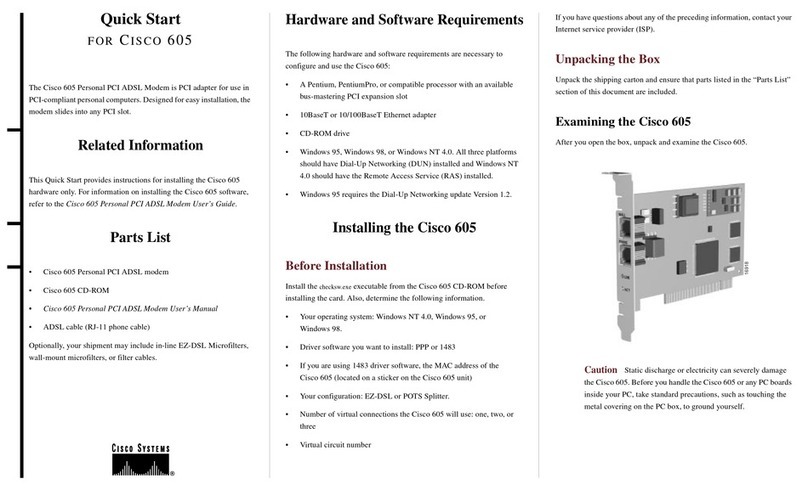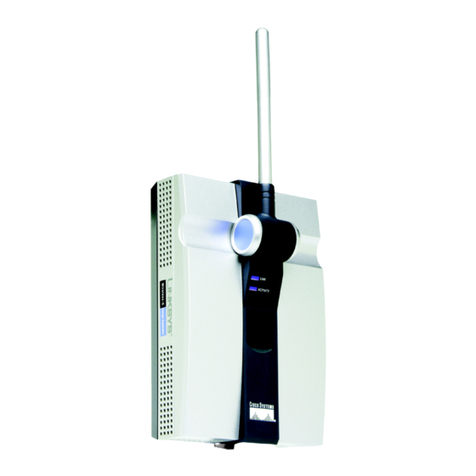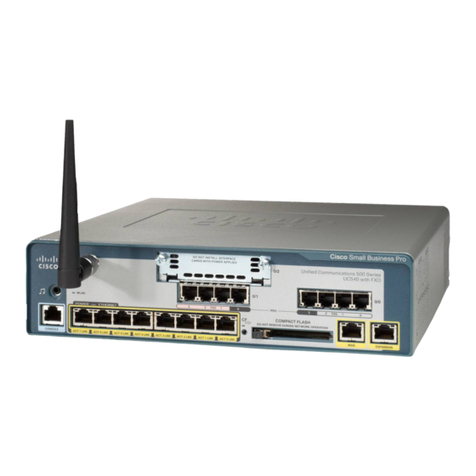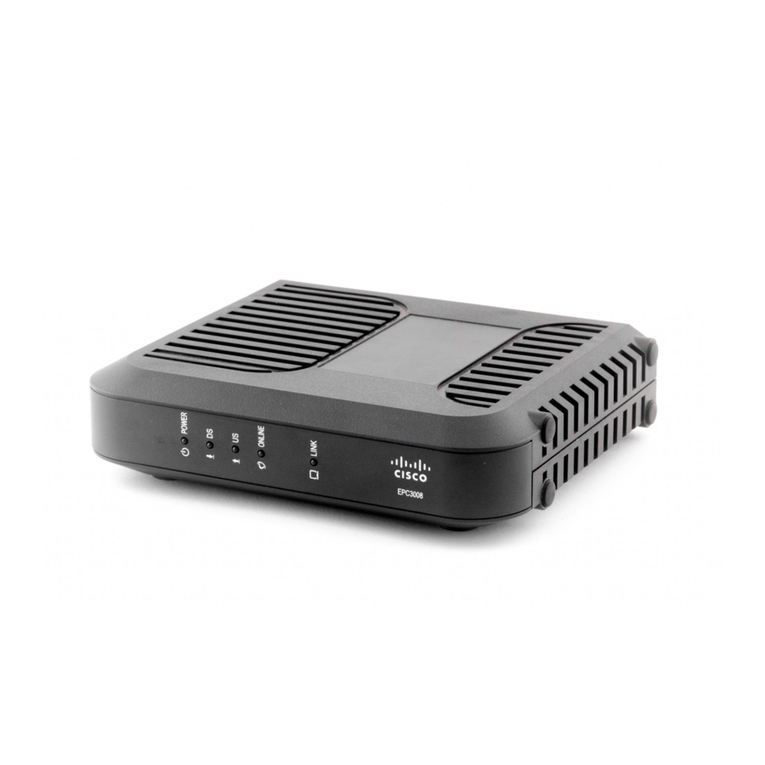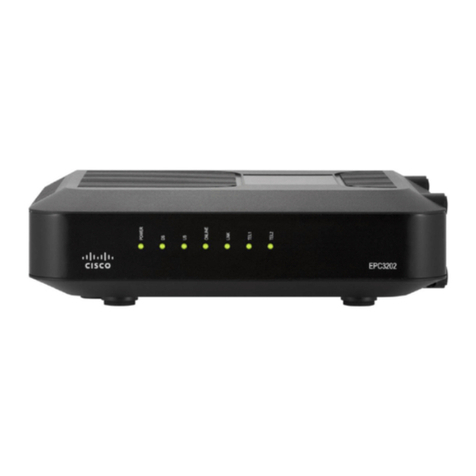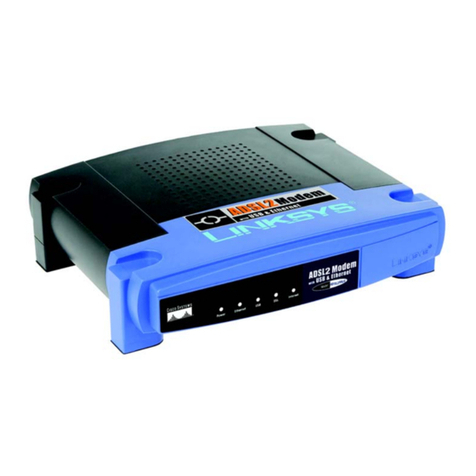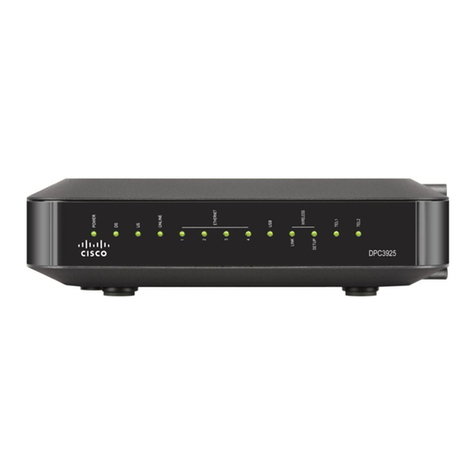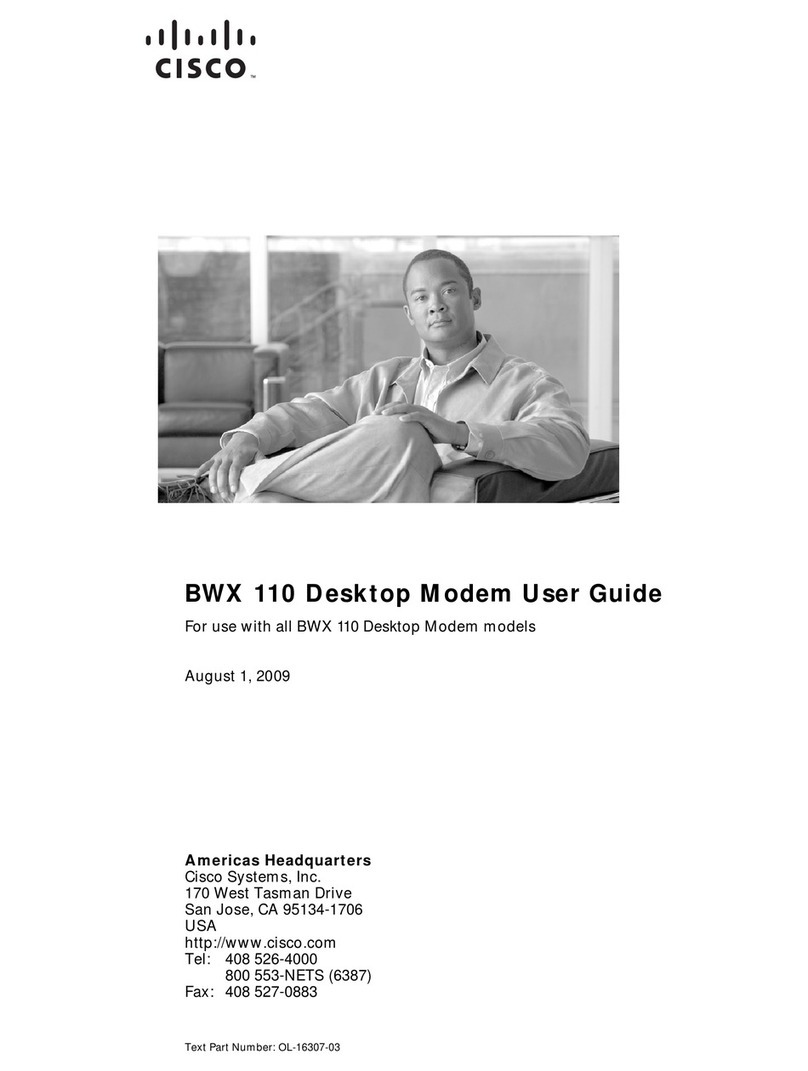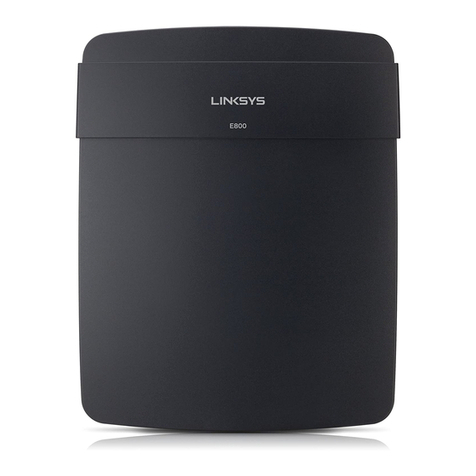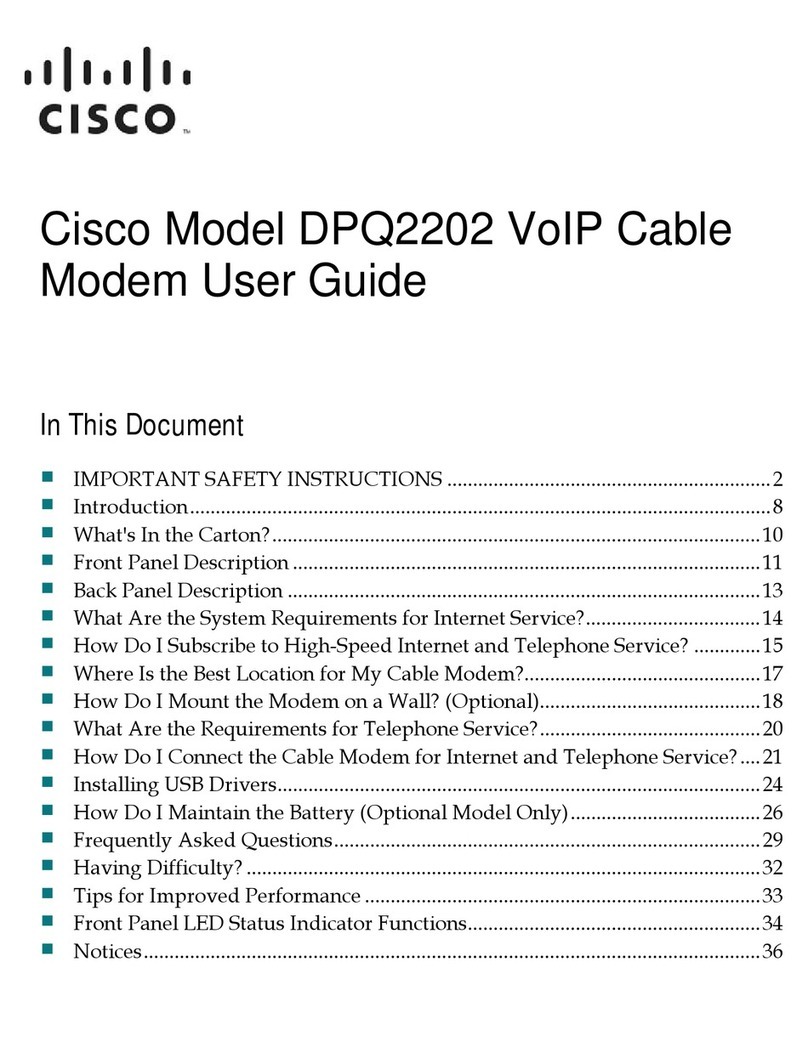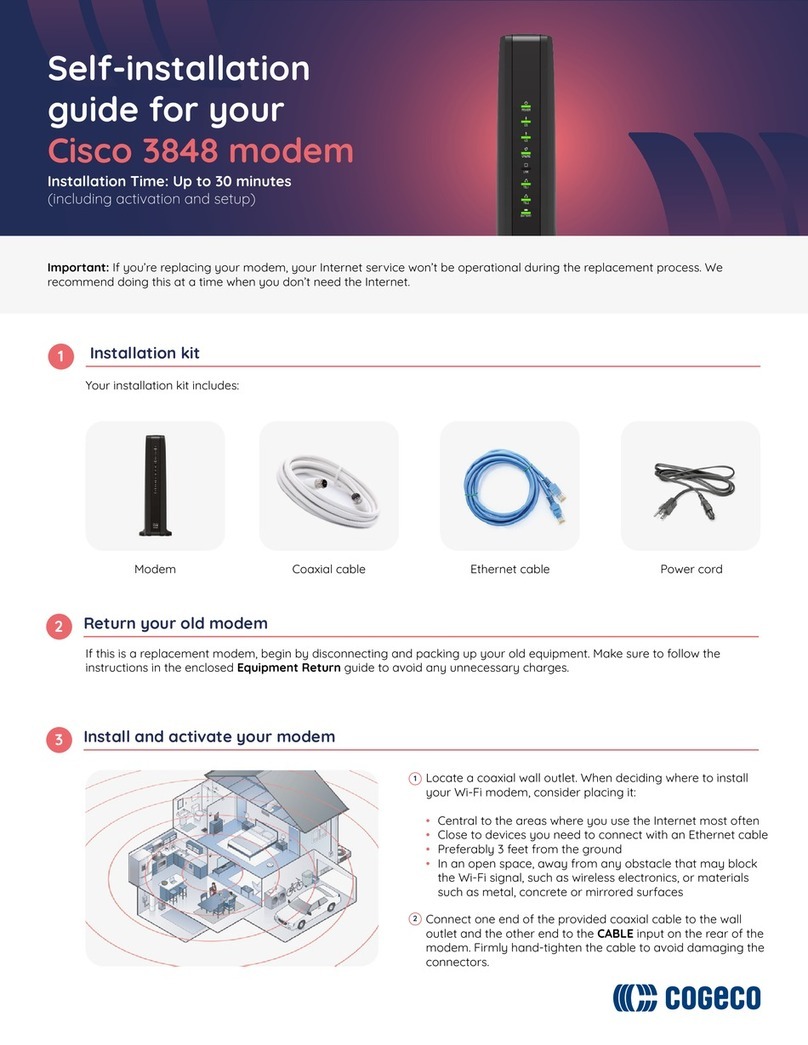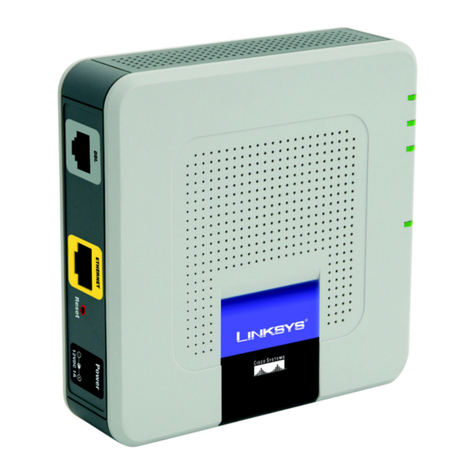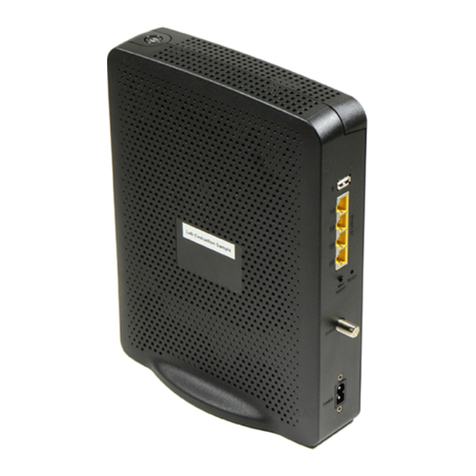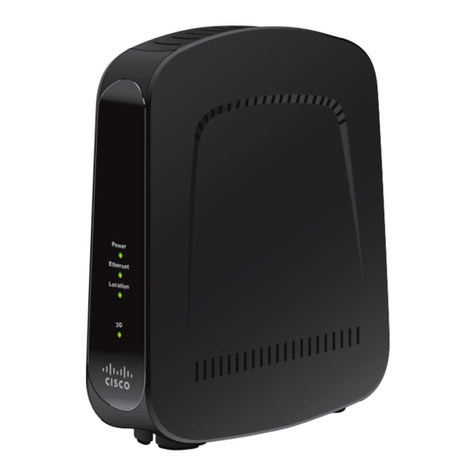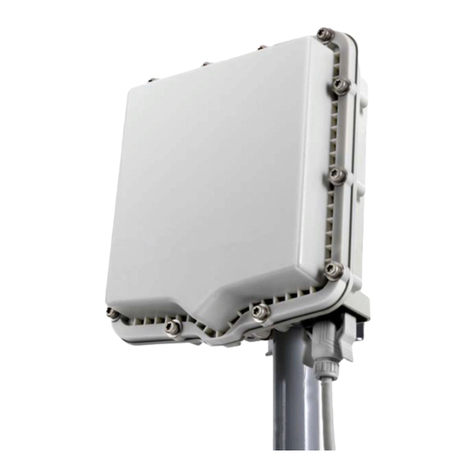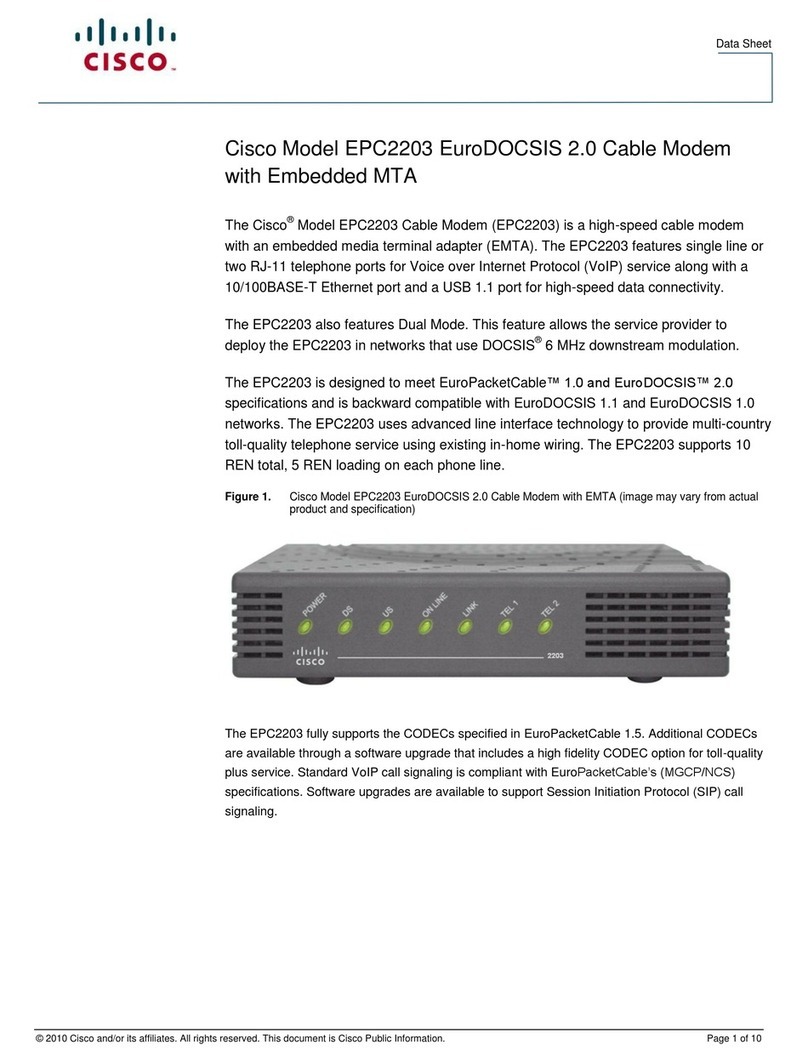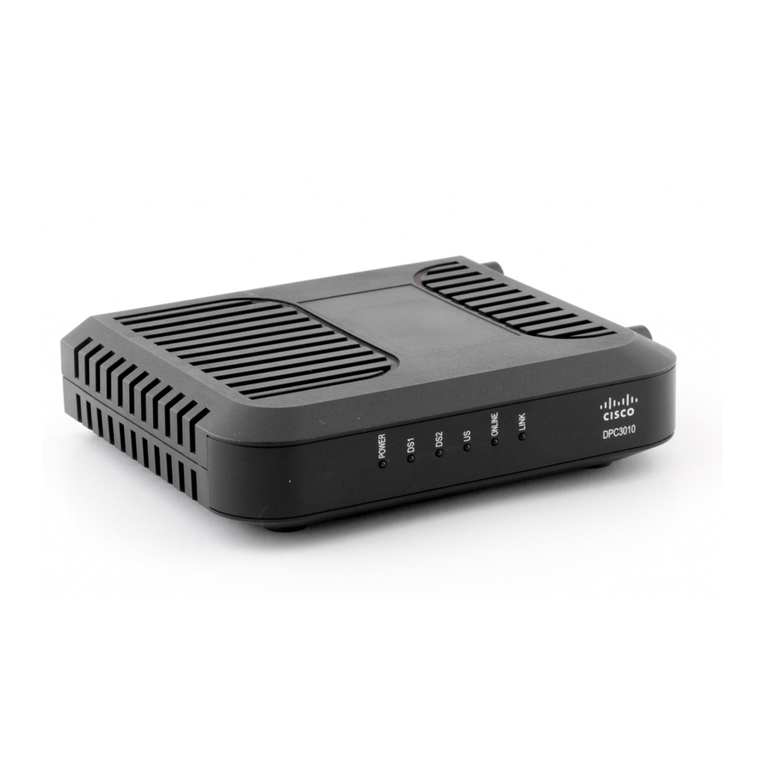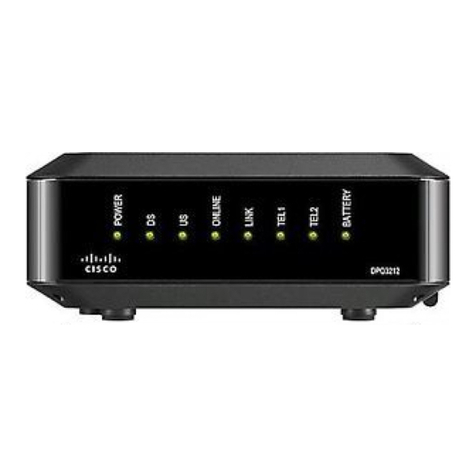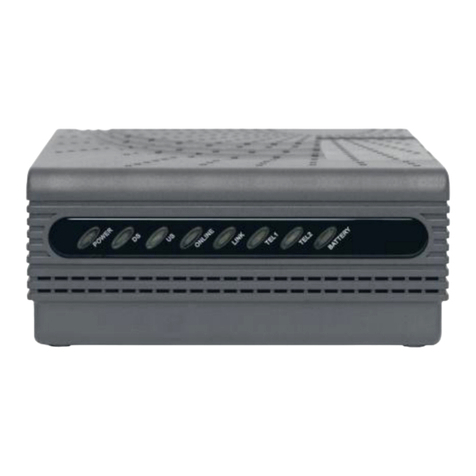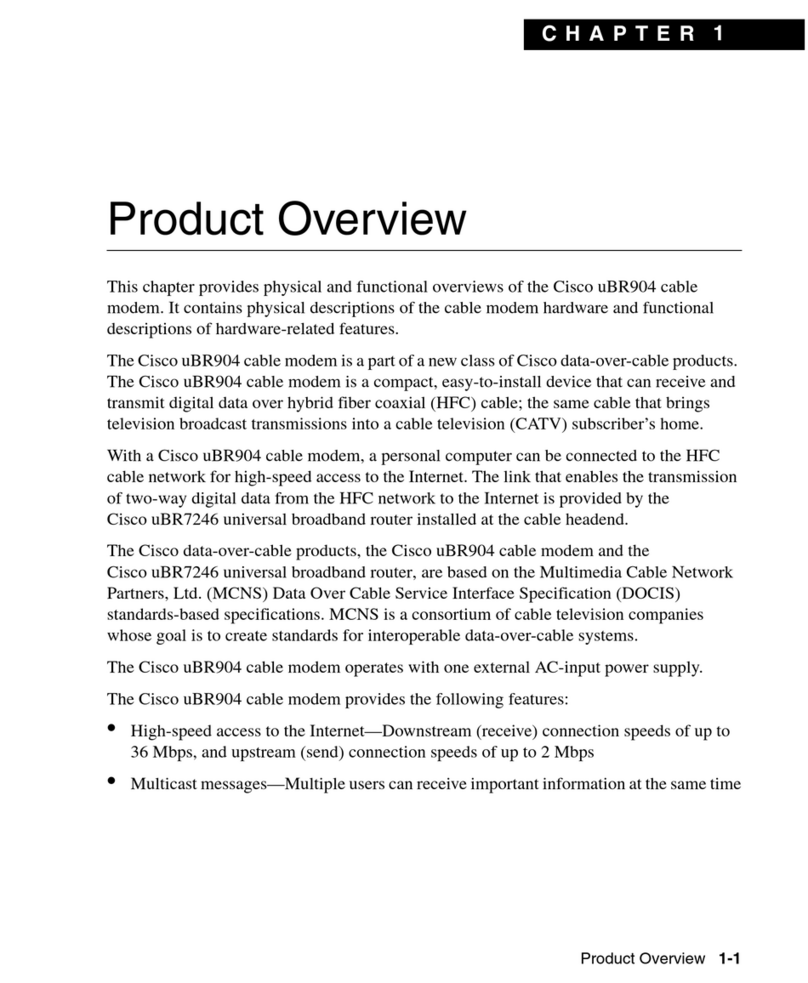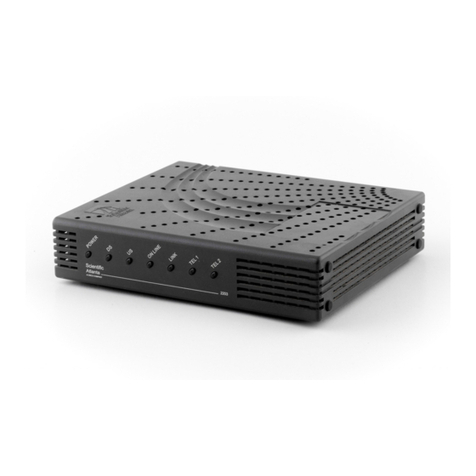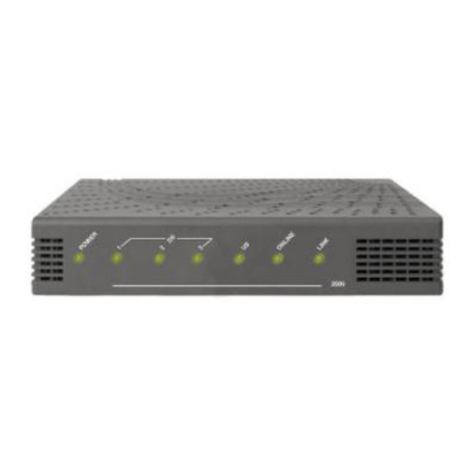
Step 3—Display the Cable Modem’s MAC Log File
Troubleshooting Tips for the Cisco uBR904 Cable Modem 9
508147.554 CMAC_LOG_UCD_MSG_RCVD 3
508147.558 CMAC_LOG_UCD_NEW_US_FREQUENCY 20000000
508147.558 CMAC_LOG_SLOT_SIZE_CHANGED 8
508147.622 CMAC_LOG_FOUND_US_CHANNEL 1
508147.624 CMAC_LOG_STATE_CHANGE wait_map_state
508148.058 CMAC_LOG_MAP_MSG_RCVD
508148.060 CMAC_LOG_INITIAL_RANGING_MINISLOTS 40
508148.062 CMAC_LOG_STATE_CHANGE ranging_1_state
508148.064 CMAC_LOG_RANGING_OFFSET_SET_TO 9610
508148.066 CMAC_LOG_POWER_LEVEL_IS 28.0 dBmV (commanded)
508148.068 CMAC_LOG_STARTING_RANGING
508148.070 CMAC_LOG_RANGING_BACKOFF_SET 0
508148.072 CMAC_LOG_RNG_REQ_QUEUED 0
508148.562 CMAC_LOG_RNG_REQ_TRANSMITTED
508148.566 CMAC_LOG_RNG_RSP_MSG_RCVD
508148.568 CMAC_LOG_RNG_RSP_SID_ASSIGNED 2
508148.570 CMAC_LOG_ADJUST_RANGING_OFFSET 2408
508148.572 CMAC_LOG_RANGING_OFFSET_SET_TO 12018
508148.574 CMAC_LOG_ADJUST_TX_POWER 20
508148.576 CMAC_LOG_POWER_LEVEL_IS 33.0 dBmV (commanded)
508148.578 CMAC_LOG_STATE_CHANGE ranging_2_state
508148.580 CMAC_LOG_RNG_REQ_QUEUED 2
508155.820 CMAC_LOG_RNG_REQ_TRANSMITTED
508155.824 CMAC_LOG_RNG_RSP_MSG_RCVD
508155.826 CMAC_LOG_ADJUST_RANGING_OFFSET -64
508155.826 CMAC_LOG_RANGING_OFFSET_SET_TO 11954
508155.828 CMAC_LOG_RANGING_CONTINUE
508165.892 CMAC_LOG_RNG_REQ_TRANSMITTED
508165.894 CMAC_LOG_RNG_RSP_MSG_RCVD
508165.896 CMAC_LOG_ADJUST_TX_POWER -9
508165.898 CMAC_LOG_POWER_LEVEL_IS 31.0 dBmV (commanded)
508165.900 CMAC_LOG_RANGING_CONTINUE
508175.962 CMAC_LOG_RNG_REQ_TRANSMITTED
508175.964 CMAC_LOG_RNG_RSP_MSG_RCVD
508175.966 CMAC_LOG_RANGING_SUCCESS
508175.968 CMAC_LOG_STATE_CHANGE dhcp_state
508176.982 CMAC_LOG_DHCP_ASSIGNED_IP_ADDRESS 188.188.1.62
508176.984 CMAC_LOG_DHCP_TFTP_SERVER_ADDRESS 4.0.0.1
508176.986 CMAC_LOG_DHCP_TOD_SERVER_ADDRESS 4.0.0.32
508176.988 CMAC_LOG_DHCP_SET_GATEWAY_ADDRESS
508176.988 CMAC_LOG_DHCP_TZ_OFFSET 360
508176.990 CMAC_LOG_DHCP_CONFIG_FILE_NAME platinum.cm
508176.992 CMAC_LOG_DHCP_ERROR_ACQUIRING_SEC_SVR_ADDR
508176.996 CMAC_LOG_DHCP_COMPLETE
508177.120 CMAC_LOG_STATE_CHANGE establish_tod_state
508177.126 CMAC_LOG_TOD_REQUEST_SENT
508177.154 CMAC_LOG_TOD_REPLY_RECEIVED 3107617539
508177.158 CMAC_LOG_TOD_COMPLETE
508177.160 CMAC_LOG_STATE_CHANGE security_association_state
508177.162 CMAC_LOG_SECURITY_BYPASSED
508177.164 CMAC_LOG_STATE_CHANGE configuration_file_state
508177.166 CMAC_LOG_LOADING_CONFIG_FILE platinum.cm
508178.280 CMAC_LOG_CONFIG_FILE_PROCESS_COMPLETE
508178.300 CMAC_LOG_STATE_CHANGE registration_state
508178.302 CMAC_LOG_REG_REQ_MSG_QUEUED
508178.306 CMAC_LOG_REG_REQ_TRANSMITTED
508178.310 CMAC_LOG_REG_RSP_MSG_RCVD
508178.312 CMAC_LOG_COS_ASSIGNED_SID 1/2
508178.314 CMAC_LOG_RNG_REQ_QUEUED 2
508178.316 CMAC_LOG_REGISTRATION_OK
508178.318 CMAC_LOG_STATE_CHANGE establish_privacy_state
508178.320 CMAC_LOG_NO_PRIVACY
508178.322 CMAC_LOG_STATE_CHANGE maintenance_state
